Introduction to Summer Wardrobe Essentials
As the warmer months approach, women therapists face the unique challenge of maintaining a professional appearance while prioritizing comfort. The selection of summer outfits is crucial for setting the right tone in therapeutic settings, as the attire often influences both the therapist’s comfort and the client’s perception. With summer heat, clothing that is breathable without sacrificing professionalism is essential.
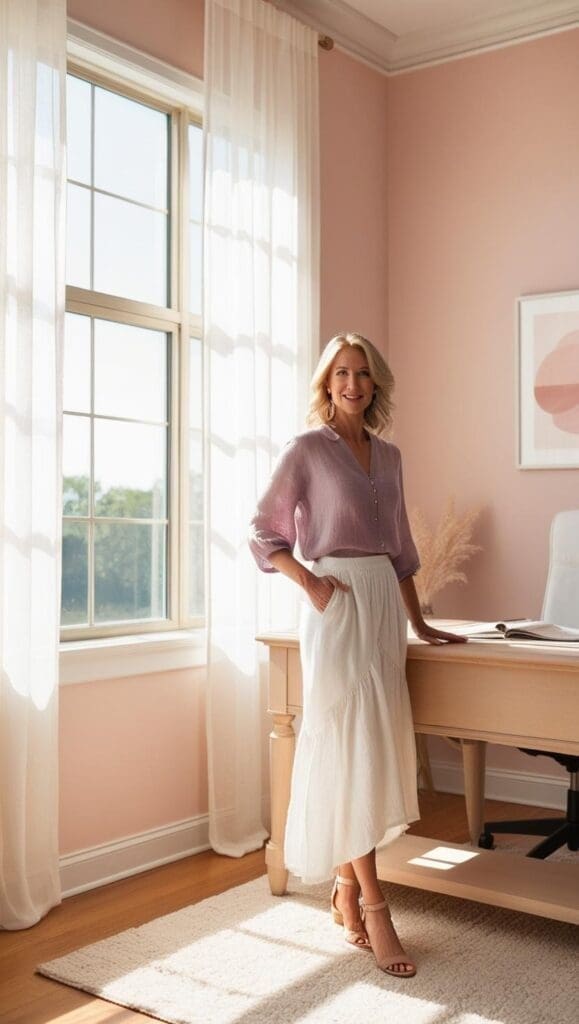
In a therapeutic environment, the right outfit can facilitate trust and openness between therapist and client. Therefore, the balance between stylishness and comfort becomes paramount. During summer, it is vital for therapists to opt for materials that are lightweight and breathable, such as cotton, linen, or moisture-wicking fabrics. These materials help in mitigating discomfort associated with high temperatures, allowing therapists to focus on their work rather than on their clothing. Moreover, choosing colors that evoke calmness—such as soft pastels or neutral tones—can positively impact a client’s experience during sessions.
Women therapists must also consider the unique context of their profession when selecting summer clothing. Various therapeutic settings may dictate different levels of formality. A casual summer dress might be appropriate in certain environments, while tailored trousers paired with a lightweight blouse may be more suitable in others. Accessories should also be chosen carefully, as they can enhance an outfit without being distracting. Footwear should prioritize comfort, particularly if the therapist is expected to move around frequently.
Ultimately, a thoughtful approach to summer wardrobe essentials can empower women therapists to present themselves confidently while providing the necessary comfort to thrive in their roles. Striving for a collection that is both stylish and functional can lead to an elevated therapeutic experience for all involved.
Fabric Choices for Comfort and Breathability
Choosing the right fabric is vital for women therapists, particularly during the summer months when temperatures soar. The focus should be on materials that provide both comfort and professionalism, ensuring ease of movement while maintaining a polished aesthetic. Cotton is a prime choice, celebrated for its breathability and softness. This natural fiber allows air to circulate, keeping the body cool, which is particularly beneficial for long hours spent in a therapy setting. Cotton’s ability to wick away moisture further enhances its suitability for warm weather.
Linen is another excellent option, known for its lightweight and airy texture. This fabric is made from the flax plant, and its natural properties make it highly breathable. Linen garments, although often wrinkled, can provide a sophisticated and casual look when styled correctly. Additionally, linen is absorbent and dries quickly, making it a practical choice for therapists who may experience warmth throughout the day due to client interactions or warm office environments.
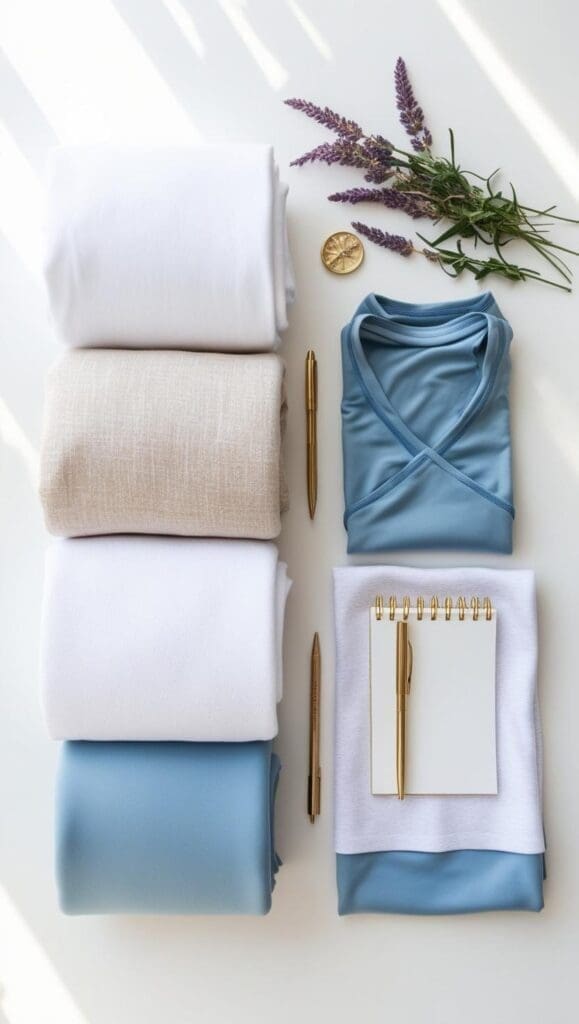
For those seeking advanced functionality, moisture-wicking fabrics are becoming increasingly popular. These textiles are engineered to draw sweat away from the body, keeping individuals both cool and dry. Moisture-wicking polyester and blends are particularly suited for professionals whose job demands a lot of movement. By choosing the right fabrics, therapists can express their style without compromising comfort or professionalism.
In summary, selecting the appropriate fabrics for summer outfits not only enhances comfort and breathability but also contributes to the polished appearance of women therapists. Fabrics such as cotton, linen, and moisture-wicking materials should be prioritized to ensure that professionals can perform their roles effectively while remaining stylish.
Professional Yet Casual: The Role of Smart-Casual Attire
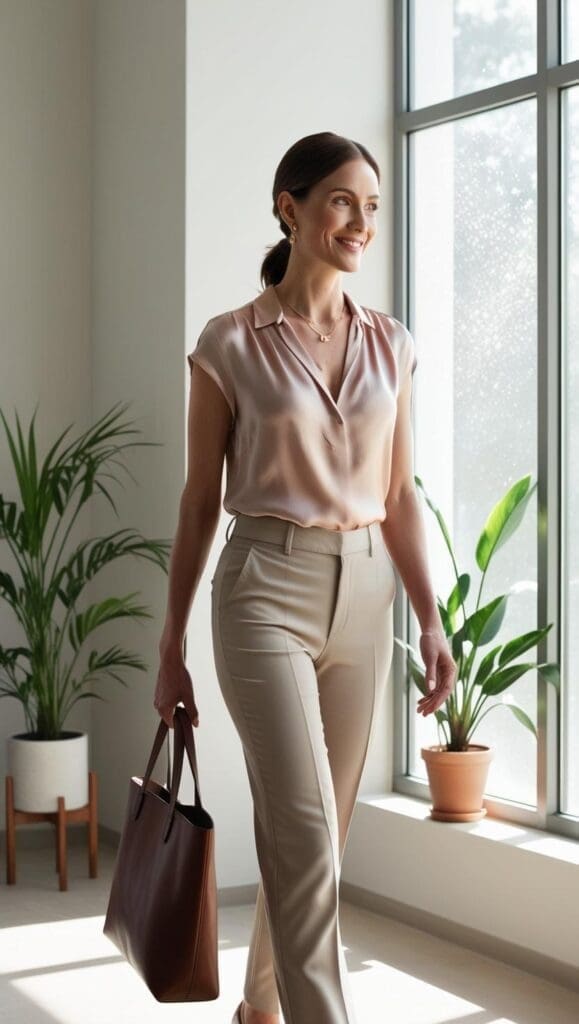
Smart-casual attire plays a crucial role in the daily wardrobe of women therapists, as it effectively bridges the gap between professionalism and a relaxed atmosphere. This blend is essential for therapists who need to foster a comfortable environment for their clients while also projecting an image of competence and authority. The right outfit can enhance a therapist’s confidence and help clients feel at ease, making smart-casual clothing a valuable consideration in their choice of apparel.
Chic blouses are an excellent addition to any therapist’s wardrobe. Opting for blouses made from breathable and soft fabrics allows for ease of movement, which is vital when engaging with clients. Additionally, blouses featuring subtle patterns or solid colors can add a touch of personality without overwhelming the professional aesthetic. Pairing a stylish blouse with well-fitted tailored trousers provides a polished look that maintains the necessary professionalism. These trousers should ideally be structured around the waist, offering both comfort and style, thus embodying the essence of smart-casual attire.
Another versatile option is smart skirts, which can be found in various lengths and styles. A knee-length pencil skirt, for example, is a timeless piece that delivers sophistication while remaining comfortable. Similarly, A-line skirts can provide a more relaxed silhouette, catering to different preferences. When choosing skirts, materials such as cotton blends or lightweight fabrics can enhance mobility while still presenting a professional appearance. Ultimately, the combination of chic blouses, tailored trousers, and smart skirts allows therapists to maintain their professional demeanor, while simultaneously expressing their unique sense of style.
Versatile Dress Options for Warm Weather
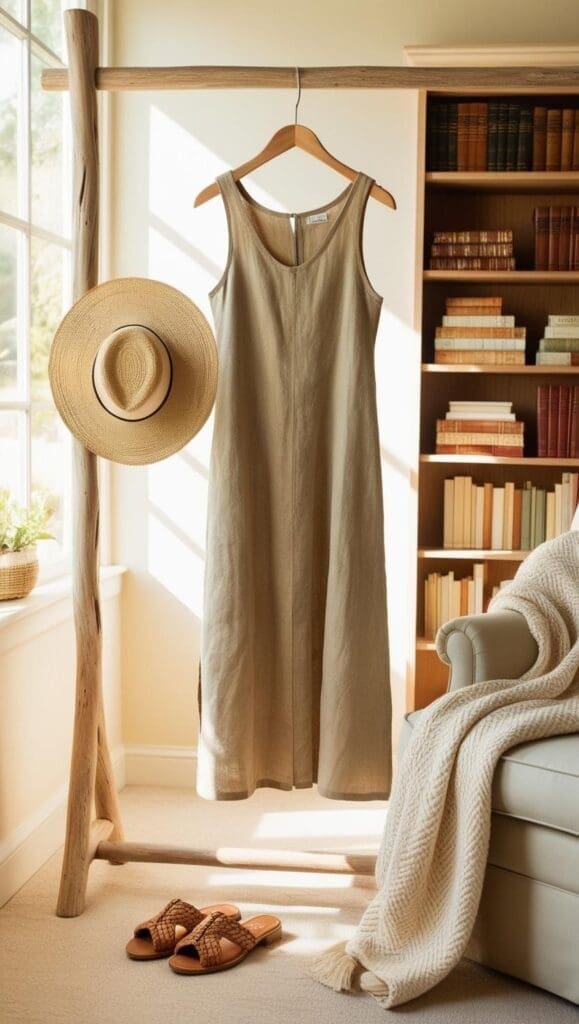
Dresses are undoubtedly one of the most versatile outfit choices for women therapists during the warm summer months. They offer a lightweight, comfortable option that can seamlessly transition from office to client meetings, maintaining a professional appearance while allowing for freedom of movement. When selecting the right dress, it is essential to consider factors such as length, fit, and pattern to ensure that it remains appropriate for a professional setting.
In terms of length, knee-length or midi dresses are excellent options. These styles strike a balance between professionalism and comfort, providing adequate coverage while allowing you to stay cool. Avoid overly short hemlines, as they may not convey the desired level of professionalism when working with clients. Additionally, opt for dresses with a tailored fit that accentuate your figure without being too tight. A-line or sheath dresses can be particularly flattering, as they provide structure while allowing enough room for movement.
When it comes to patterns, solid colors or subtle prints are preferred for a polished look. Classic colors such as navy, black, or earth tones can be paired with various accessories, lending versatility in your wardrobe. However, incorporating a few patterned dresses can add a touch of personality to your professional attire, as long as the patterns remain understated. Floral prints or geometrics in soft, muted tones work well without overwhelming the overall aesthetic.
Finally, consider the fabric of the dress. Lightweight, breathable materials such as cotton or linen will keep you comfortable throughout the day, while still looking professional. Ultimately, embracing versatile dress options allows women therapists to present themselves effectively, ensuring that they feel confident and comfortable in their summer professional wardrobe.
Layering for Air Conditioning: Light Jackets and Cardigans

As the temperatures rise during the summer months, women therapists often find themselves navigating between outdoor warmth and the chilly environments of their workplaces, particularly in air-conditioned offices or clinics. This presents the perfect opportunity to embrace layering as a functional and stylish approach to summer attire. Lightweight jackets, cardigans, and shrugs can serve as essential wardrobe pieces for those working in settings with fluctuating temperatures.
When selecting summer layering options, it is crucial to prioritize fabrics that are breathable yet warm enough to combat air conditioning. Cotton blazers, linen jackets, and knit cardigans are all excellent choices that offer versatility. These materials ensure comfort while allowing for adequate airflow, preventing the overheating that can accompany heavier outerwear. A tailored, lightweight blazer can seamlessly transition from outdoor meetings to indoor sessions, maintaining a professional appearance without sacrificing comfort.
Another stylish option is a long cardigan. Not only can it provide a layer of warmth, but it also adds an element of sophistication and style to any outfit. Pairing a long cardigan with a fitted top and flowing trousers creates an effortlessly chic look suitable for client-facing environments. Alternatively, lightweight shrugs can offer a casual yet polished touch, complementing sundresses or tailored tops while allowing ease of movement.
Additionally, choosing neutral colors or soft pastels can enhance the versatility of these layering pieces, making them easy to mix and match with various summer outfits. Accessorizing with a lightweight scarf can also help to add a splash of color while providing extra warmth when necessary. By thoughtfully incorporating lightweight jackets, cardigans, and shrugs into their professional wardrobes, women therapists can strike the perfect balance between style and practicality during the summer season.
Footwear That Complements Comfort and Style
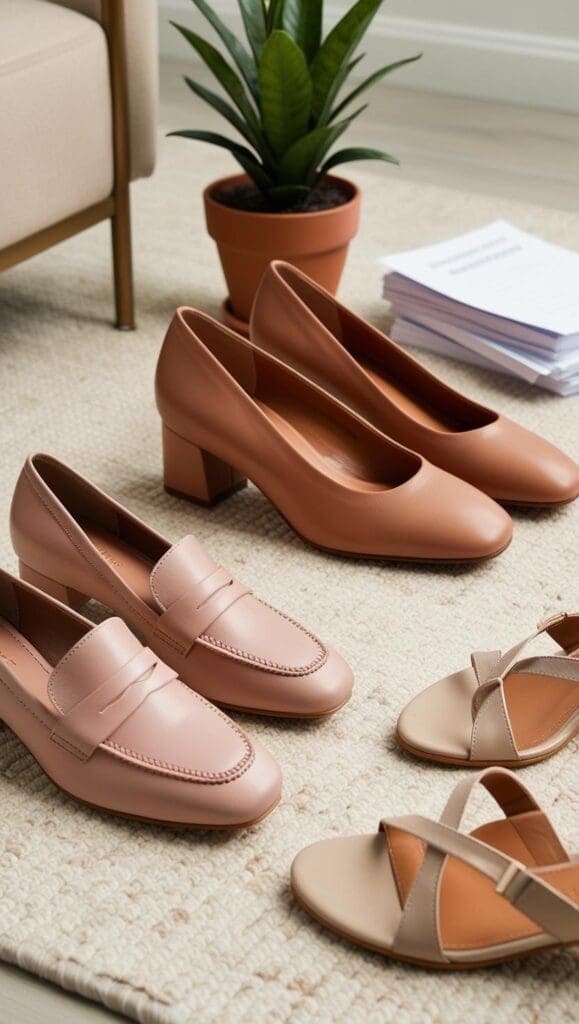
When it comes to choosing the right footwear for summer, women therapists must prioritize both style and comfort. A therapist’s job often entails long hours on their feet, engaging with clients, and moving throughout their workspace. Therefore, selecting shoes that provide ample support while also reflecting a professional aesthetic is essential.
Flats are an excellent option for therapists seeking casual elegance. They come in various designs, from classic ballet styles to more contemporary loafers. These shoes ensure a snug fit, protect the feet, and allow ease of movement while maintaining a polished appearance. Materials like leather or high-quality faux leather not only offer durability but also contribute to a sophisticated look.
Low heels are another fantastic choice, as they strike a balance between professionalism and practicality. A heel height of two inches or less can provide a little elevation without compromising comfort. Block heels or wedges distribute weight more evenly, which is particularly beneficial for those who spend a significant amount of time standing. Styles with cushioned insoles can further enhance comfort levels throughout the day.
Supportive sandals are increasingly favored during warmer months, particularly in casual settings. However, it is essential to select styles that combine aesthetics with orthopedic support. Look for sandals with arch support, wider straps for stability, and cushioned footbeds. Brands that focus on ergonomic design often offer sandals that cater to the needs of professionals who require both comfort and style.
In conclusion, whether opting for flats, low heels, or supportive sandals, women therapists have a variety of stylish footwear options that ensure comfort during their daily activities. Selecting the right pair can significantly impact their overall well-being while interacting with clients, allowing them to focus on what truly matters—providing exceptional therapy.
Accessorizing for a Polished Look
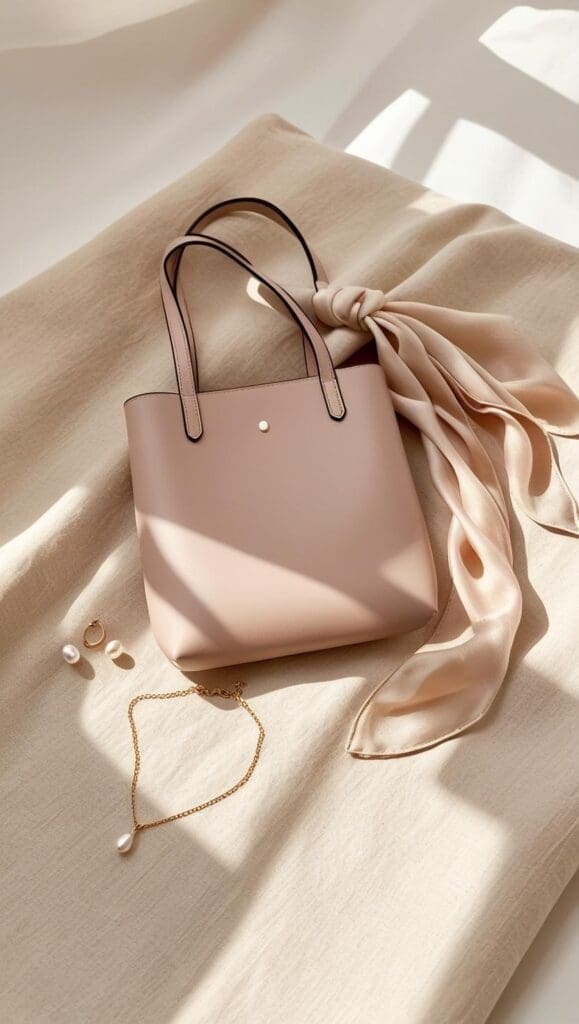
Accessories play a crucial role in completing a summer outfit for women therapists, transforming a simple look into a polished and professional ensemble. A well-chosen accessory can elevate a therapist’s appearance while maintaining the necessary professionalism expected in a clinical environment. When selecting accessories, it is essential to prioritize simplicity and elegance to enhance the overall look without overwhelming the outfit.
Jewelry is a vital aspect of accessorizing, and for summer, opting for lightweight and minimalistic pieces is recommended. Delicate necklaces, such as a simple pendant or a thin chain, can draw attention without being ostentatious. Stud earrings or small hoops are excellent choices, as they pair well with most outfits and add a touch of sophistication. Bracelets should be kept to a minimum; a single, finely crafted bracelet can be a charming addition that ties the look together while ensuring comfortable wear throughout long sessions.
When it comes to bags, women therapists should consider using structured totes or messenger bags that are not only stylish but also functional. A leather or canvas bag in a neutral tone complements various summer outfits and provides the necessary durability to hold professional essentials. Avoid bags with excessive embellishments, as they can detract from the intended polished aesthetic.
Scarves present an opportunity to introduce a pop of color or pattern into the outfit while remaining practical. A lightweight scarf can be draped around the neck or tied to the handle of a bag for added flair. It acts as a versatile accessory that can adapt to differing temperatures, ensuring comfort for both the therapist and the clients. By carefully selecting accessories, women therapists can achieve an understated yet professional look that effectively combines style with workplace appropriateness.
Incorporating Color and Patterns: Finding the Right Balance

In the realm of professional attire, particularly for women therapists, the infusion of color and patterns can elevate summer outfits from the ordinary to the extraordinary. Selecting the right colors is crucial, as they can significantly influence perception and mood. When choosing colors, opt for a palette that projects confidence, professionalism, and approachability. Shades such as navy, teal, and lavender are not only calming but also convey a sense of stability and trust. Bright colors, including coral or mustard, can be strategically used as accents to inject vitality into your outfit without overwhelming your overall look.
Patterns can be a wonderful way to express personality while maintaining a professional appearance. However, the key lies in selecting prints that align with the therapeutic environment. Subtle patterns, such as pinstripes or small polka dots, can add interest without detracting from professionalism. For bolder choices, floral patterns can be selected in darker or muted tones to ensure they remain sophisticated. It’s essential to consider the context in which you work; more intricate patterns may be appropriate in less formal settings, while minimalist designs are ideal for conservative environments.
Mixing and matching can be a delightful way to create a unique summer outfit, but it requires a discerning eye to avoid clashing. A good rule of thumb is to balance a patterned piece with solid colors; for instance, a floral blouse can be paired with tailored trousers in a complementary shade. Additionally, integrating textures can elevate your ensemble without relying solely on color or pattern. Fabrics that flow, such as linen or chiffon, add dimension and sophistication. Ultimately, finding the right balance between color and pattern not only showcases personal style but also enhances the professional demeanor necessary in therapeutic settings.
Wrapping Up: Tips for a Confident Summer Wardrobe
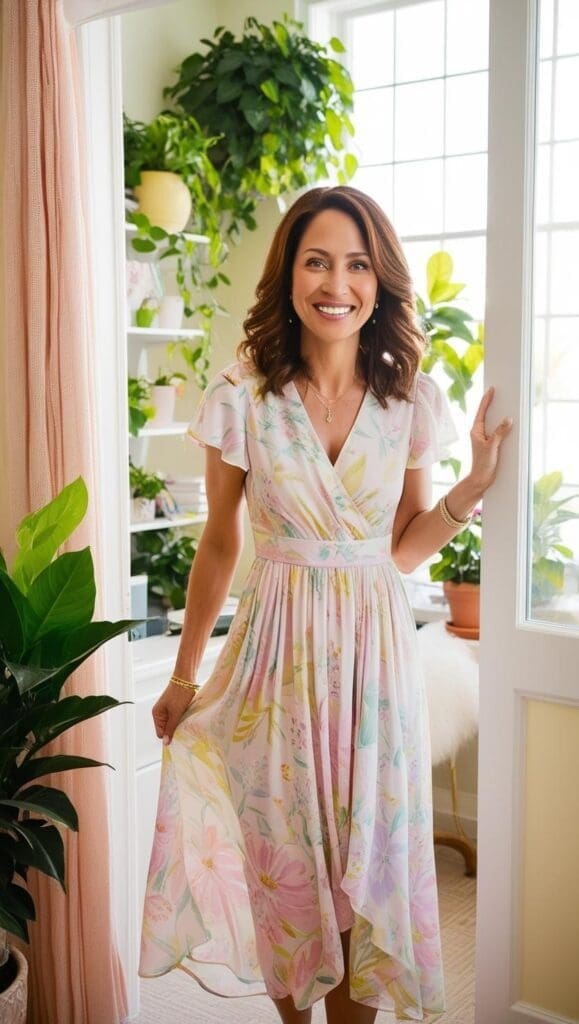
In creating a confident and professional summer wardrobe, therapists must carefully consider their attire’s reflection on their role. Selecting outfits that embody both professionalism and comfort is essential in fostering a positive therapeutic environment. As highlighted throughout this discussion, choosing breathable fabrics and suitable cuts can make a significant difference in a therapist’s comfort level during the warm months. Materials such as cotton, linen, and moisture-wicking blends can help keep you cool while ensuring that your appearance remains polished.
Furthermore, color and print choices play a vital role in conveying authority and approachability. Opting for soft pastels or neutral colors can create a calming atmosphere for clients, while strategically chosen patterns can add a touch of personality. Incorporating accessories such as scarves or statement jewelry can also enhance your outfit without compromising professionalism. It is important to strike the right balance between expressing individual style and adhering to workplace norms.
When building a summer wardrobe, versatility should be considered. Outfits that can transition from the office to casual outings are a wise investment. Tailored pants, lightweight blazers, and chic dresses can provide the perfect combination of style and functionality. Additionally, ensuring that footwear is both comfortable and appropriate is critical, as it contributes significantly to overall confidence during sessions.
In conclusion, the ideal summer wardrobe for women therapists encompasses professionalism, comfort, and personal expression. By keeping in mind the significance of fabric choice, color, and versatility, you will be well-equipped to foster a confident and stylish presence in your practice. Remember to embrace your individuality while maintaining the professional standards expected in your field.

About the Author
Hi, I’m Eve, a former school counselor with a master’s degree in School Psychology and a passionate advocate for children and families navigating sensory challenges. As a mom of children with sensory sensitivities, I deeply understand the journey special-needs parents face, and I dedicate myself to researching and sharing practical solutions to help children thrive and feel comfortable in their bodies. My goal is also to empower counselors, therapists, and psychologists with creative strategies and supportive resources to enrich their everyday practice. When I’m not writing or exploring new therapeutic approaches, you’ll find me spending quality time with my family and continually seeking inspiration from everyday moments.


